Small is beautiful
How to boost butterflies, the value of invertebrates and a new book on what really makes people change their minds.
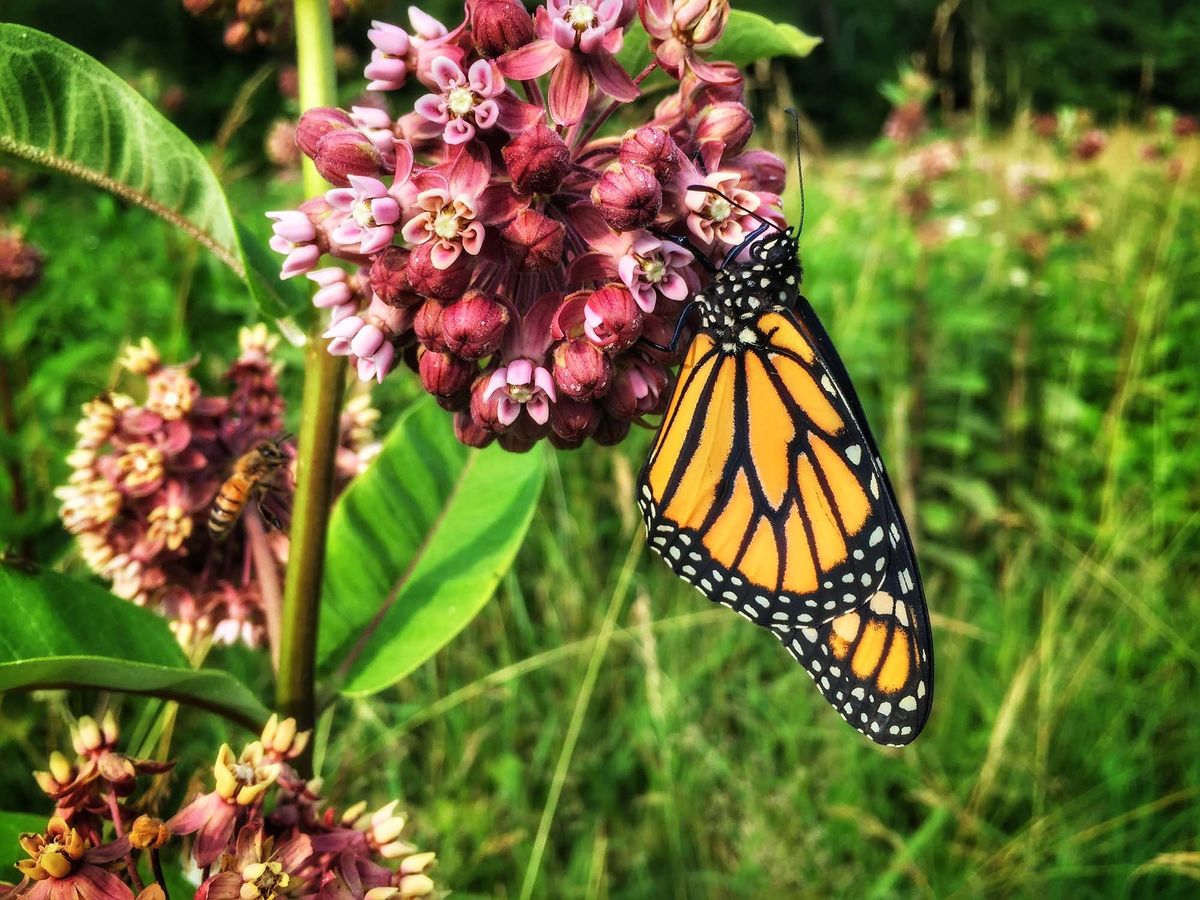
The bugs deserve better
Hello! Domini here, one of the co-founders of Rewilding Magazine. I’m taking over this issue to discuss a divisive subject: bugs.
In my mind, there are two kinds of insects: inside and outside. I will admit, I am not a fan of the inside variety. I used to be intensely arachnophobic. If I saw a spider in my bedroom I wouldn’t sleep in it for days. Now, depending on their size and location, I give some spiders a free pass. But house centipedes remain the devil’s spawn and must be eradicated immediately. (I do not care that they eat other bugs; I would prefer all other bugs.)
If you think that makes me a terrible environmentalist, hear me out.
Outside, in my garden – which I have redone with dozens of native plant species – it’s a different story. I am not thrilled to see millipedes, but I let them carry on about their business. Same with spiky spiders who spin fancy webs among my yew trees. Sow bugs? Adorable. Bees? Bring them on. Butterflies? Of course. And please send all moths my way.
One of my happiest moments recently was seeing the first bumblebee of the season feasting on my just-bloomed foamflower. “Native species garden is doing its job!” I texted my co-founder Kat, along with a pic. And in about a month it will be my favourite part of summer: firefly season. The fact that I can sit in my urban backyard, in the heart of a very industrial city, and see their little butts light up just blows me away.
Bugs are a crucial part of the little ecosystem I am trying to build. Some would say they are not as exciting as the blue jays, cardinals, downy woodpeckers, Cooper’s hawks, brown snakes and possums I’ve also managed to attract, but I disagree.
But don’t take my word for it. Check out the essay we’re sharing below on why insects and other invertebrates deserve more attention from the rewilding community. Then once you’re inspired to pay attention to all the little critters, read on for advice on how to help save monarchs – and how trying to photograph butterflies can give you insight into their lives.
You’ll find a couple of other surprises waiting for you as well.
Stay wild,
Domini Clark and Kat Tancock, editors
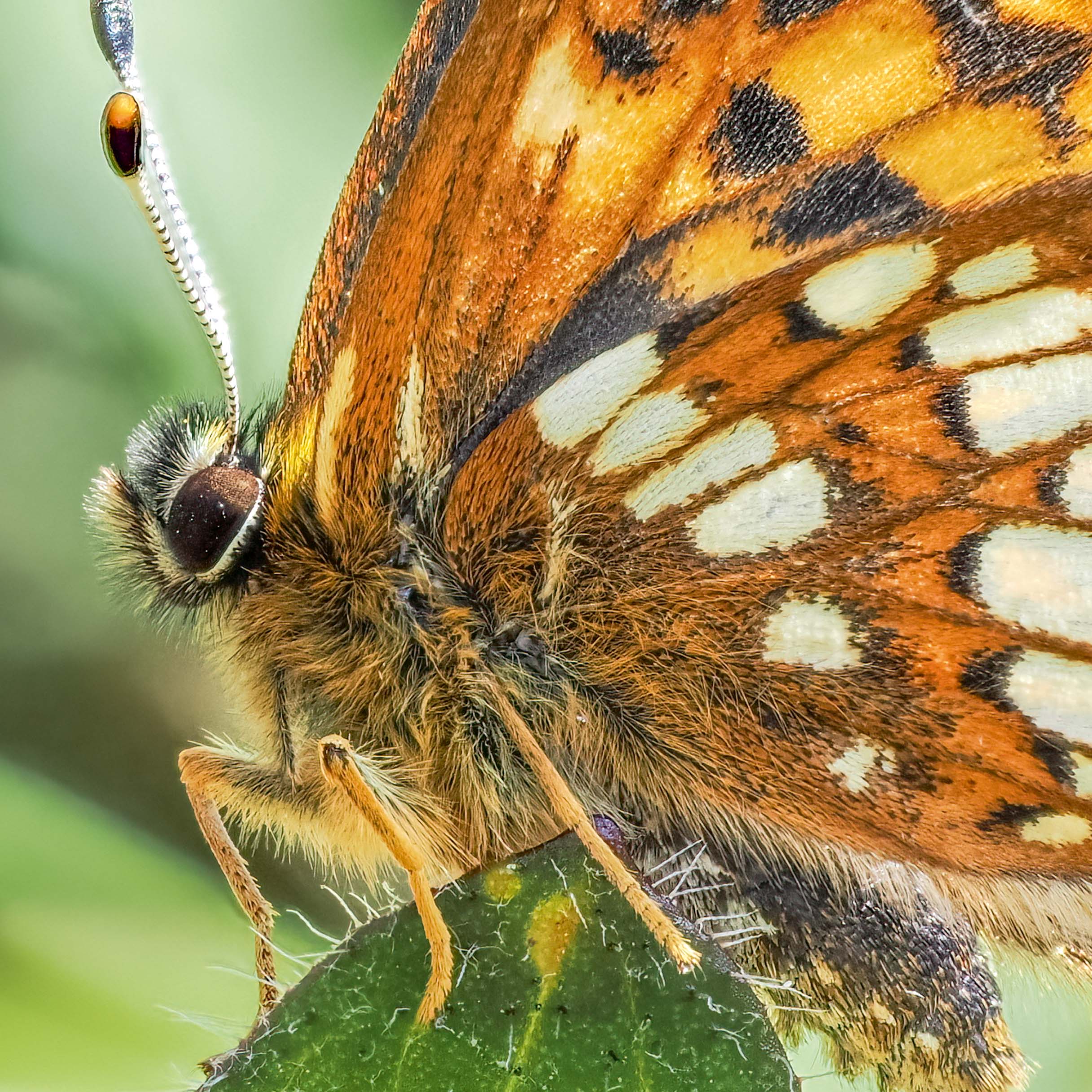
How (and why) to photograph butterflies
This new book gets you closer to butterflies than you've ever been before.
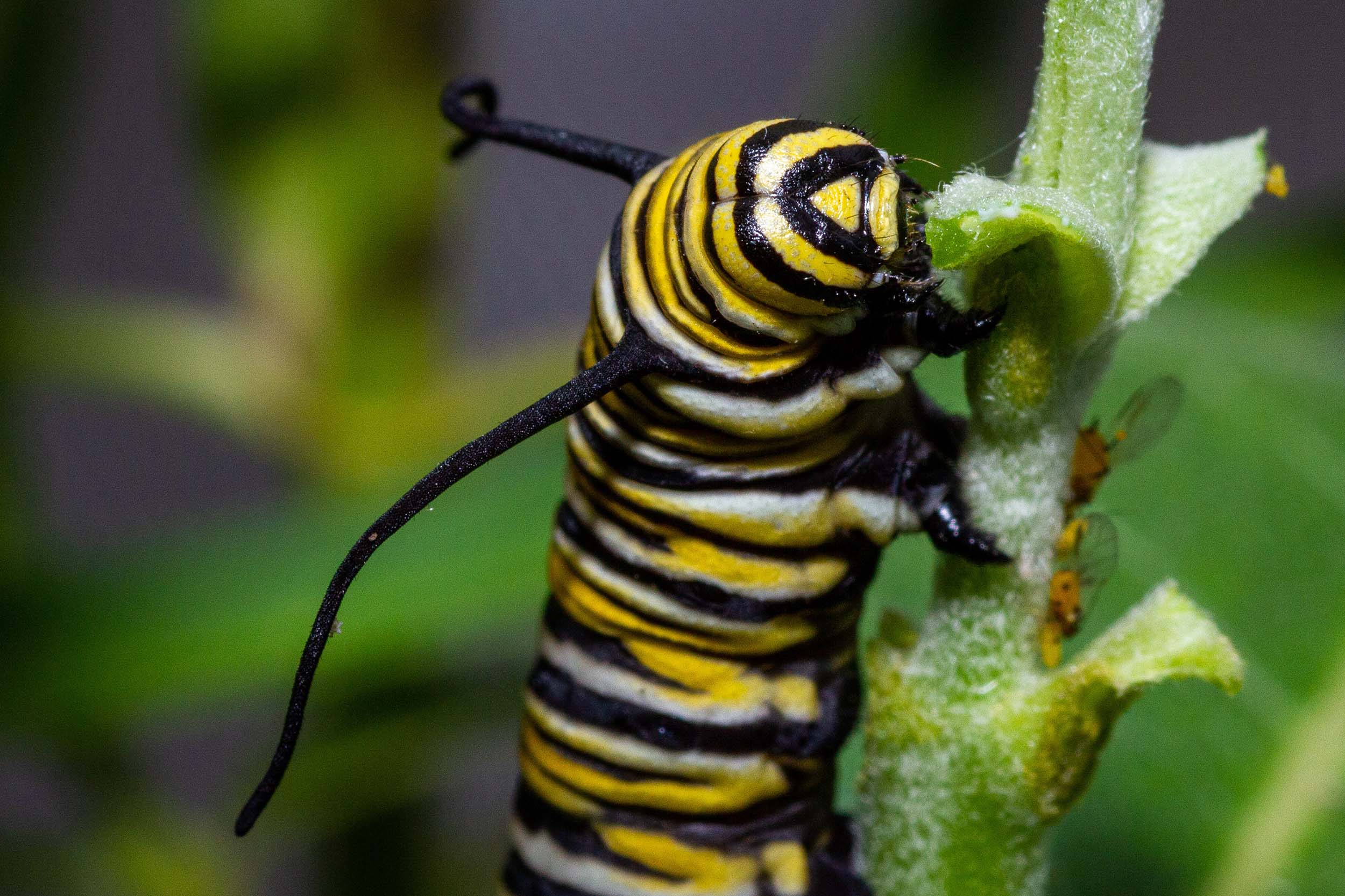
Want to help save monarchs? Here are 5 things you can do
The iconic North American butterfly is under threat – but it doesn’t have to be that way. Here’s how you can take action to help save it and its other insect cousins.

Why rewilders need to think about invertebrates, too
Invertebrates are the bulk of terrestrial diversity and the backbone for proper ecosystem functioning. We need to start putting them at the centre of rewilding projects.
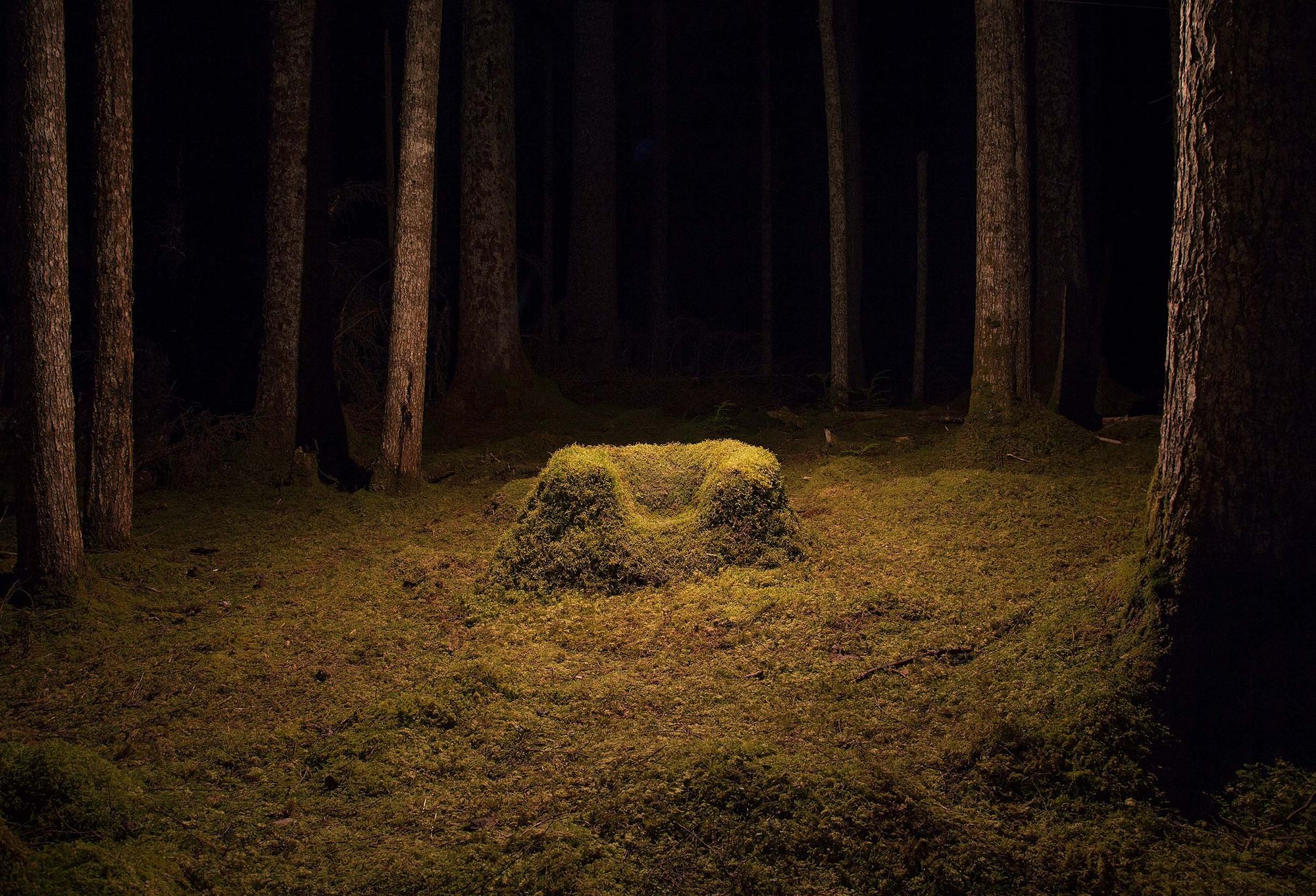
This armchair is a symbol of interconnectedness
As both an artist and amateur lichenologist, Natasha Lavdovsky works with the natural world to explore reciprocity and humanity's role as caretakers.
“Our gardens matter not because they can literally save species, but because they are a call to action to be more than we let ourselves be. Gardens are living testaments to our wonder and joy, our part of the larger world and participation with all life.”
– Benjamin Vogt, A New Garden Ethic: Cultivating Defiant Compassion for an Uncertain Future
Recommended reads
We know societies change. People's opinions evolve. What was once unacceptable can become the norm – and vice versa, too.
But how do these kinds of shifts happen, and what's the most effective way to influence them by persuading other people to change their minds and accept new ideas? That's the question journalist Anand Giridharadas aims to answer in The Persuaders.

The book is heavily grounded in American politics, which might make it seem a million miles away from rewilding. And Giridharadas may have spent a few too many pages discussing the relative persuasion styles of left-wing politicians Bernie Sanders and Alexandria Ocasio-Cortez. But throughout, there are plenty of useful tips for how the right kind of communications can persuade people to join your cause rather than raise their defenses.
Overall, The Persuaders is a lesson in opening our minds, truly listening to one another and respecting the value of emotions alongside – even above – facts. Which makes the book valuable to everyone who's a citizen of this blue marble called Earth.
We encourage you to borrow The Persuaders from your local library or purchase from an independent bookstore.
Elsewhere in rewilding
“Rewilding is not reaching its potential due to one vital factor: We still see nature as a separate entity from ourselves.” That’s the argument of a new essay available at Earth.org that looks at the way forward – and how we got here.
One of the biggest issues with rewilding farmland is, of course, that humans need to eat. Amsterdam-based Farming wants to make food production dramatically more efficient with its new fermented protein – and rewild the land freed up in the process.
Outspoken environmentalist and financier Ben Goldsmith was inspired to rewild his English farm after the accidental death of his 15-year-old daughter. Learn more about his ardent views in this mini profile to promote his new book, God is an Octopus.
Rewilding often focuses on the reintroduction of species – but sometimes the most important step is getting rid of one. That was the case for the tiny islet of Irooj in the Marshall Islands, which is now officially free of of invasive rats.
From New Zealand, this is a beautifully drawn comic about the community-driven success of efforts to bring back wild kiwi in the Wellington area.
And today in hot celebrity rewilding gossip: “Adventurous Lisa,” the Tasmanian devil that Chris Hemsworth and his wife, Elsa Pataky, released into the Australian wild (with the help of Aussie Ark, Re:wild and other organizations) just had a litter of three joeys. Mazel tov!
❤️ Enjoy this newsletter?
Send to a friend and let them know that they can subscribe, too.
Share your expertise: Do you know a project, person or story we should feature? Let us know.
Just want to say hello? Click that reply button and let us know what you think – and what else you'd like to see. We'd love to hear from you.


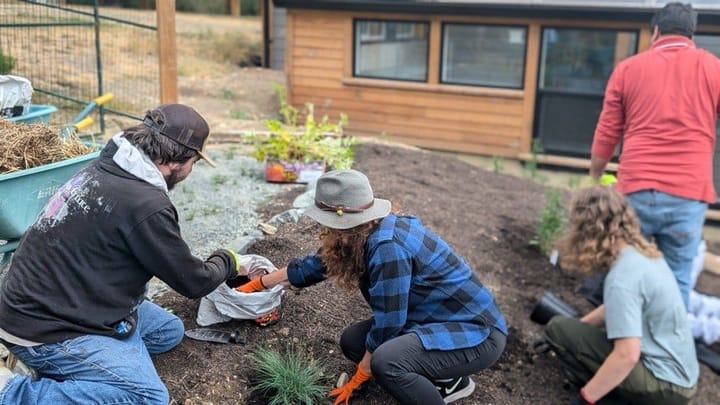
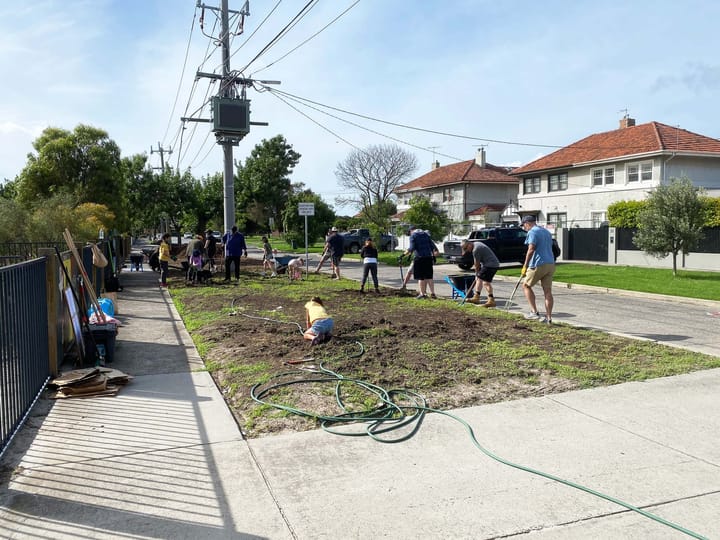
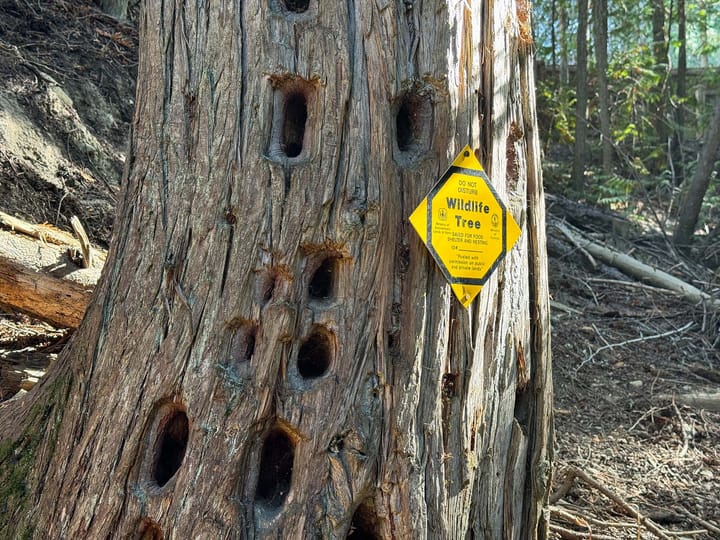
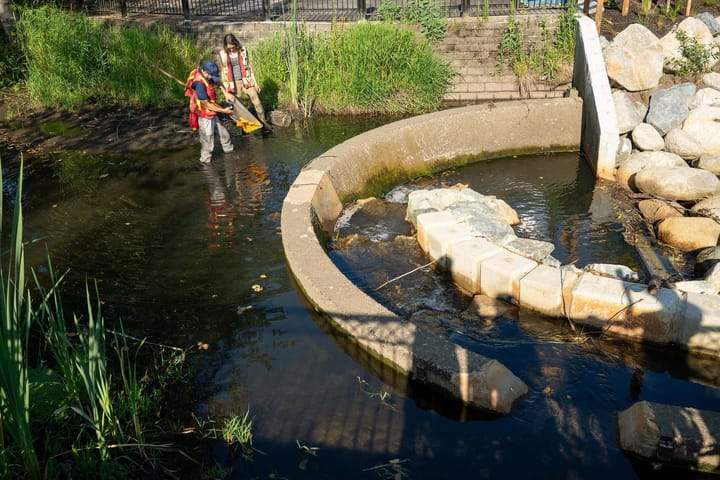

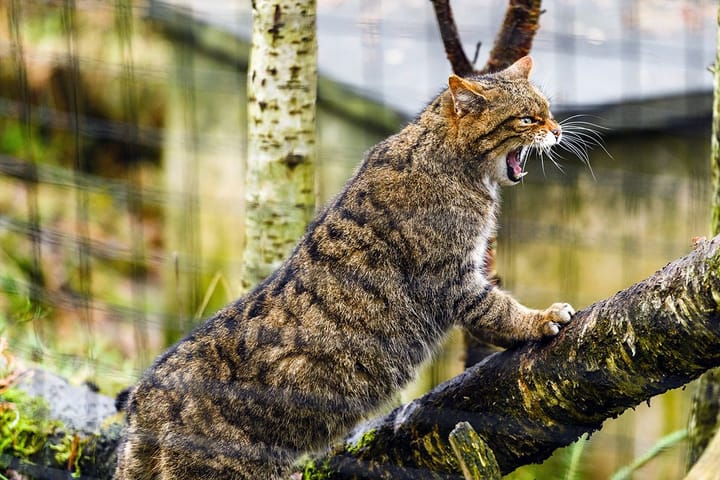




Comments ()